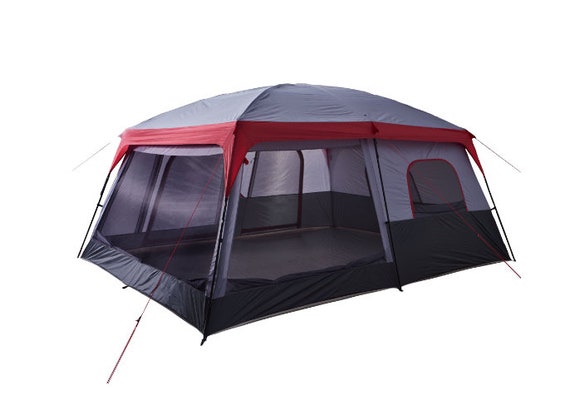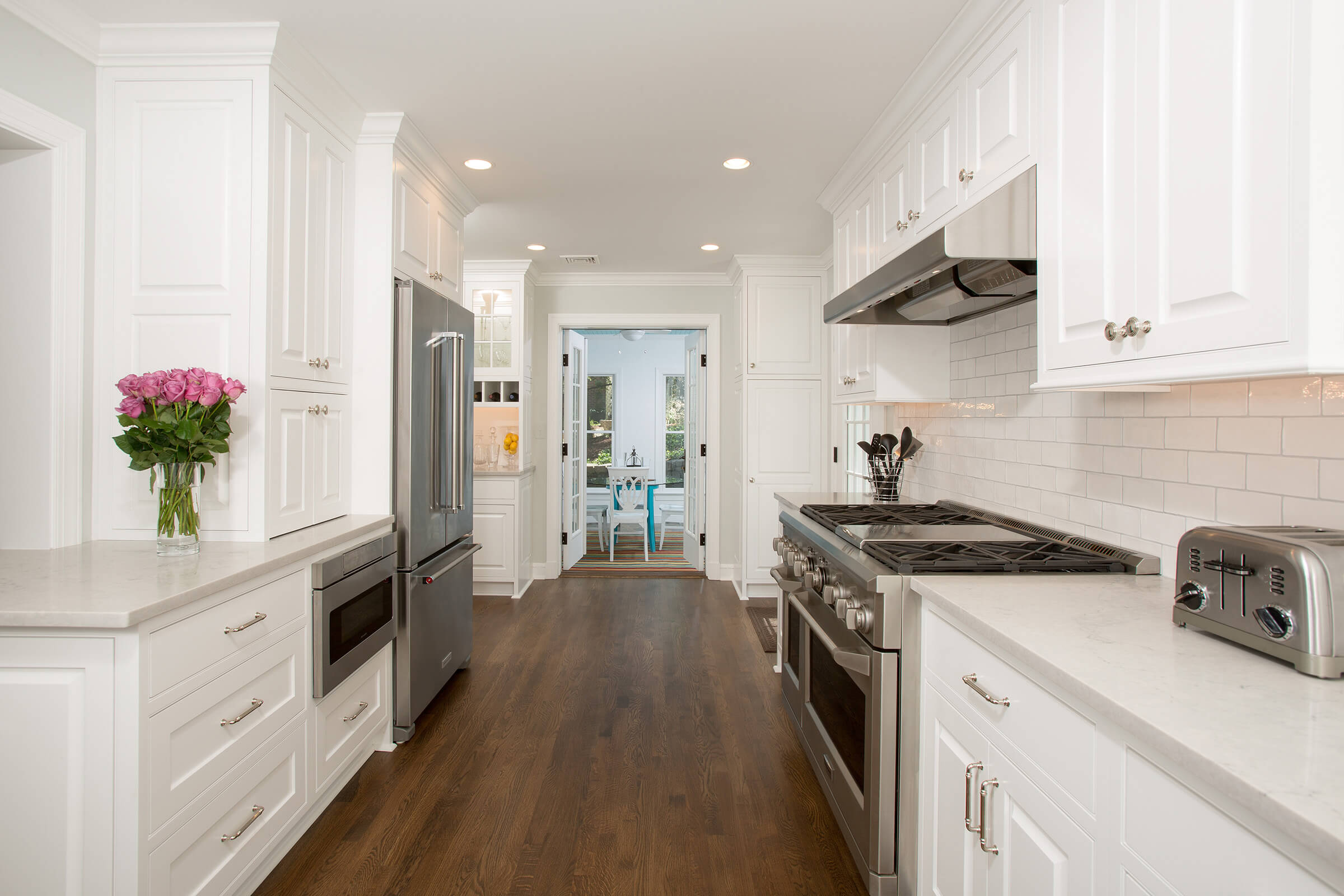
- #Creating screen wrap room in gml how to#
- #Creating screen wrap room in gml manual#
- #Creating screen wrap room in gml free#
The GML Visual does this by setting the " direction" and " speed" Instance Variables, while the GML does this using the function move_towards_point() (this also sets the speed and direction variables, just in a single, easy to use function). Here we are telling the instance to move towards a position on the screen, in this case the " mouse_x" and " mouse_y" position (" mouse_x" and " mouse_y" are built-in variable s that always hold the current mouse cursor position). In this event we want to add these actions or code: We use the global mouse events because they detect a click anywhere in the room, while the regular mouse events will only detect a click if the mouse actually clicks within the instance bounding box. To start with, open an object, assign it a sprite, and then give it a Global Left Mouse Down event:
#Creating screen wrap room in gml how to#
One of the simplest ways to get an object moving and interacting with the player is to use the mouse, and in this example we'll show you how to use some basic code to get an object to move towards wherever the user has clicked the left mouse button.

Move Towards The Mouse Move Towards The Mouse Don't worry too much about what the sprites you make look like, as even a simple white square will do, and once you've got everything ready you can start working on the examples listed below.
#Creating screen wrap room in gml manual#
Note that we won't be explaining things in too much depth here, as we want you to get started making stuff as quickly as possible, so we encourage you to explore any links as you go along and to use the "search" function of the manual to look for additional information on anything you aren't sure about.īefore going any further, you might want to make a new project (either GML or GML Visual) from the Start Page, and add (or create) a few sprites as well as an object or two - as we'll be giving you some code that you can test using these - and make sure that the project has a room to place instances in. All the examples are given using GML Visual as well as the GML Code, so you can use whichever you feel more comfortable with. so in this section we'll be giving you some examples of movement for your objects, as well as some basic control schemes for different types of games.
#Creating screen wrap room in gml free#
You are free to make somethings like defender clone or fort apocalypse with this example.The previous section of this Quick Start Guide gave some examples for drawing things to the screen, but just drawing things isn't much good if you can't also move them around. There must be more efficient ways to fix it, It's your objective to find them. My idea is to make separate collision events for x, x-room_width, and x+room_width positions for collision with solid objects and making two objects who have the same mask as the player and follow the player's y and x-room_width or x+room_width position for collision with enemies or traps.

even the seamless room wrapping asset at market place didn't solve it. What really hard thing to solve is the collision detection problem, when you are at the edge of the screen. Making seamless loop is actually very simple - just put the brief codes in draw and step events which explained in the example and make the camera to move ignoring the edge. Do you want to make something like fort apocalypse but have no idea how to make it or couldn't afford to buy the seamless room wrapping asset at market place ?()įor someone like you i made a simple seamless room wrapping example today.


 0 kommentar(er)
0 kommentar(er)
